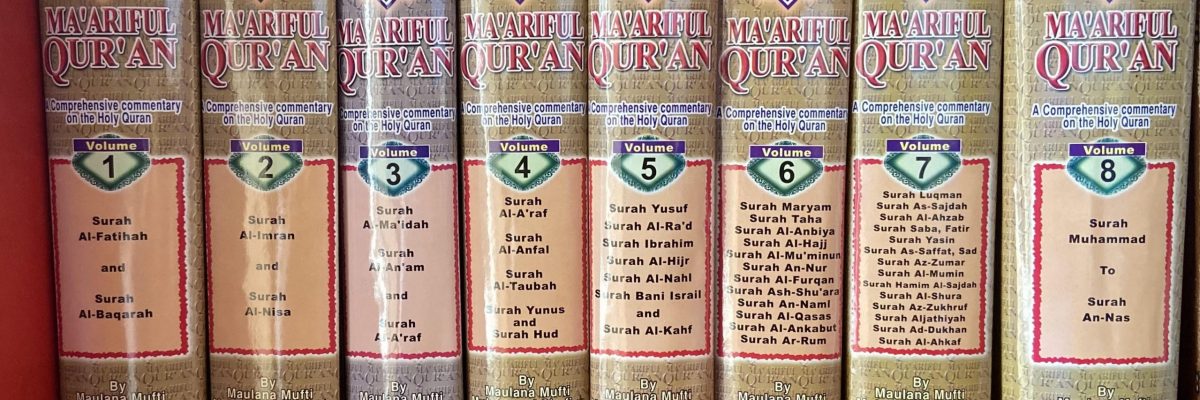Answered by: Maulana Mujahid Hussain
Question
How do you know whether a Hadith is valid (Sahih) or invalid (not sahih)?
In the name of Allah the Most Beneficent, the Most Merciful.
Answer
A Saheeh hadith must minimum meet these five conditions :
1. Ittisaal as-Sanad (Continuity of the chain of transmitters)
The chain of narrators or transmitters, who are relating the Matn (text), has to be unbroken for the hadith to be considered. That is none of the transmitters must be missing from the chain and each narrator, (Raawee) has to have met the transmitter directly preceding him as well as the one directly following him. Each Raawee has to be a known individual, otherwise, he is classified as majhool (unknown) and the sanad is classified as broken.
2. ‘Adaalah (integrity)
The integrity of the narrators is the second key condition for a hadith to be considered valid. By integrity, we mean that the narrator was a practicing Muslim and was not known to have done any of the major (forbidden things) if he was a known liar he is classified as kaththaab (a liar) and the hadith that he has transmitted is classified as da‘eef. These are the conditions verified through the references of the biographical science of hadith known as Kutub ar-Rijaal.
3. Dabt (accuracy)
The accuracy of the text is determined by two factors either of which is sufficient by itself.
(a) Dabt as-Sadr (Soundness of memory) Each narrator must be known for his ability to memorize and repeat with a high degree of accuracy. If a narrator had a tendency to repeat hadith in a number of different ways such a hadith is classified as Mudtarib (confused) and any other hadith that he narrates will be classified as Da‘eef. When the narrator’s level of accuracy is mediocre but the other conditions for authenticity are fulfilled, the hadith is classified as hasan.
(b) Dabt al-Kitaabah (Written accuracy) Each narrator who does not fulfill precondition “a”, must be known for recording his hadith in books accurately and his narrations only are from his books, these two preconditions (a,b) are also verified by Kutub ar-Rijaal (books on Biographies of narrators).
4. Ghayr Shaathth (conformity)
It is critical that the hadith conform to similar hadiths narrated on the same topic whose chains are stronger. If the text of a hadith contradicts that of another well-known text whose chain of narration is stronger, or it is in conflict with a group of other narrators of a similar status, it is classified as shaath (errant), which is one of the categories of hadith da‘eef(weak).
5. Laa ‘Illah (absence of hidden defect)
The hidden defect is one that causes the hadith to appear to be sound and only become evident after deep investigation. For a hadith to be considered sound (saheeh) it has to be free of hidden defects. A hadith with hidden defects is called ma‘lool or mu‘allal, normally a defect becomes clear when all the versions of the same hadith are scrutinized together.
The ruling of Hadith Saheeh
A hadith that fulfills all the five conditions of authenticity is referred to as a hadith Saheeh. Such a hadith can be used to establish points of Islamic law and, if it isn’t abrogated, it must be accepted and applied. The ruling of a hadith saheeh can only be superseded by that of another hadith saheeh stronger than it.
Only Allah Knows best.
Written by Maulana Mujahid Hussain
Checked and approved by Mufti Mohammed Tosir Miah
Darul Ifta Birmingham

